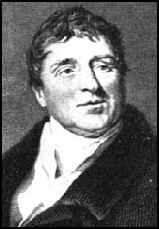




12th November 2010
Engineers & Engineering
to handle the ever increasing volume of traffic using the waterways system.
Of his bridge designs one of the most memorable is the Menai suspension bridge linking Wales to the offshore island of Anglesey on the other side of the Menai Straits.
Completed in 1826 the 600 feet long bridge is suspended 100 feet above the waters below.
Thomas Telford was born in Scotland in 1757, the son of a shepherd. Although the family was poor Thomas went to school where he learned to read and write and when he was 14 he was an apprenticed stone mason. In 1782 he went to London and was employed on the extensions to Somerset House. In 1787 he was appointed as surveyor of public works for Shropshire.
During his prolific career he built more than 1,000 miles of roads (this earned him the nickname of “Colossus of Roads”) and a phenomenal total of over 1,200 bridges.
During his prolific career he built more than 1,000 miles of roads (this earned him the nickname of “Colossus of Roads”) and a phenomenal total of over 1,200 bridges.

Menai Bridge
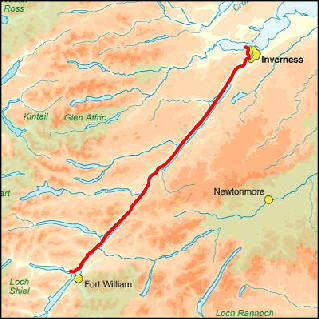
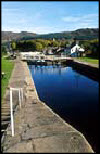
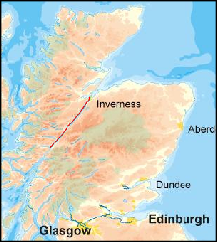

Thomas Telford
“The Father of
Civil Engineering”
“The Father of
Civil Engineering”
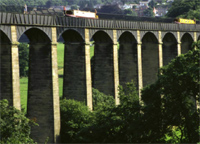
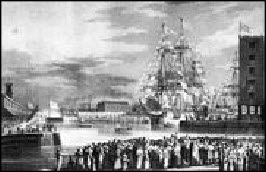
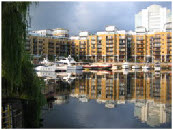
After being seen whilst working as a stone-mason on Somerset House in London, Telford’s earlier career developed. He was given the task of renovating Shrewsbury Castle and as an engineer working with William Jessop he built the Ellesmere Canal that became the Llangollen Canal (N. Wales.) The canal was used for transporting slate from the many quarries in N.
His major achievements included the London to Holyhead road; the Menai Suspension Bridge and the Pontcysyllte aqueduct which carries the Llangollen Canal 126 feet over the River Dee and is known locally as “the waterway in the sky”. To create the aqueduct Telford pioneered a new technique of combining cast-iron trough sections into the masonry support. The Caledonian canal running the whole way across Scotland was a further venture of Telford’s canal building prowess
Katherine’s Dock in London alongside the City and Tower bridge ( See Josepgh Bazelgette ) was built in 1828 and used steam engines built by Matthew Bolton and James Watt to keep the water level higher within them than in the River Thames. They became part of London docks -
as despite of their quayside frontage they had insufficient capacity
for the burgeoning trade levels and the need for larger to ships
to enter the London Docks area - the area that was later to
become the Port of London.
Katherine’s Dock in London alongside the City and Tower bridge ( See Josepgh Bazelgette ) was built in 1828 and used steam engines built by Matthew Bolton and James Watt to keep the water level higher within them than in the River Thames. They became part of London docks -
for the burgeoning trade levels and the need for larger to ships
to enter the London Docks area -
Katherine’s Dock
1828 and now
1828 and now
Wales. Another of his great canal constructions was the Liverpool and Birmingham Canal, ( now the Shropshire Union Canal, which used
22 miles of Telford’s Caledonian canal combine to make a 60 mile waterway to run from the North Sea to the Irish Sea
innovative cuttings and embankments to follow the most direct route. Telford also created the Harecastle tunnel


